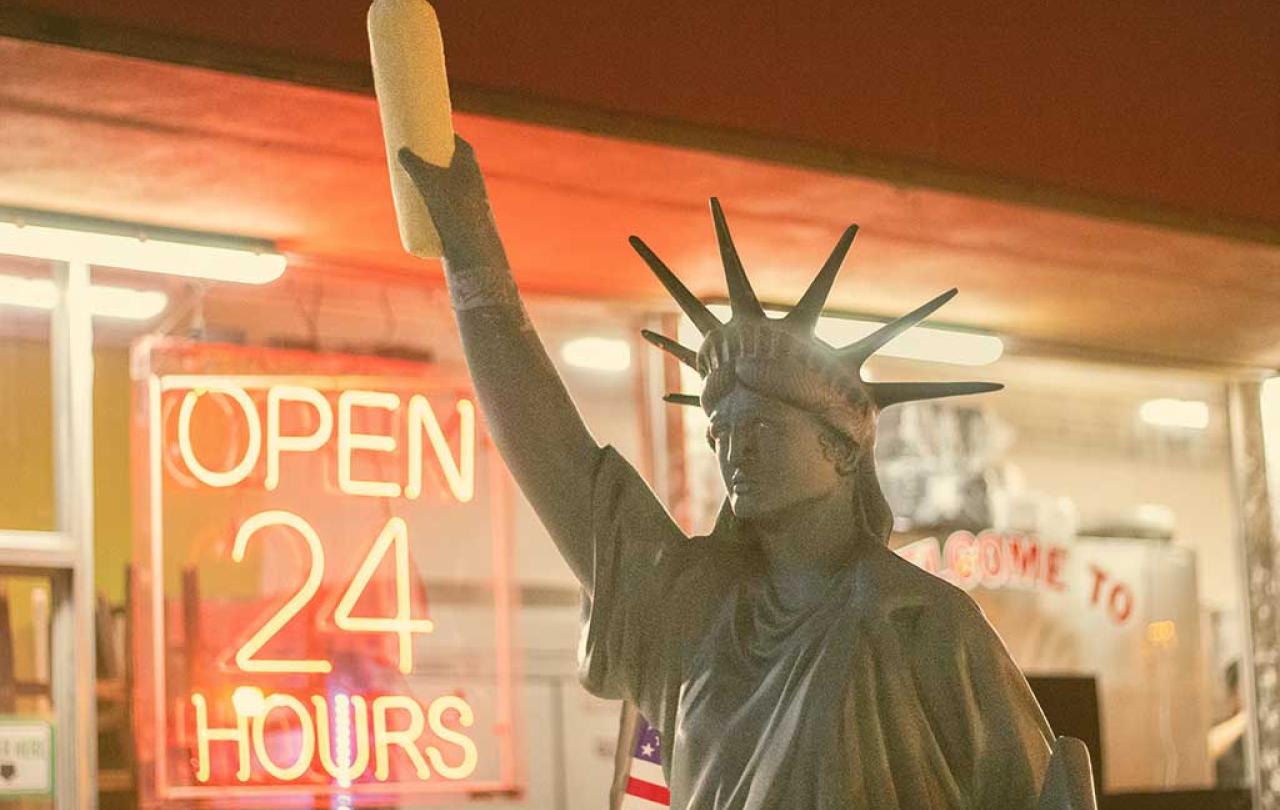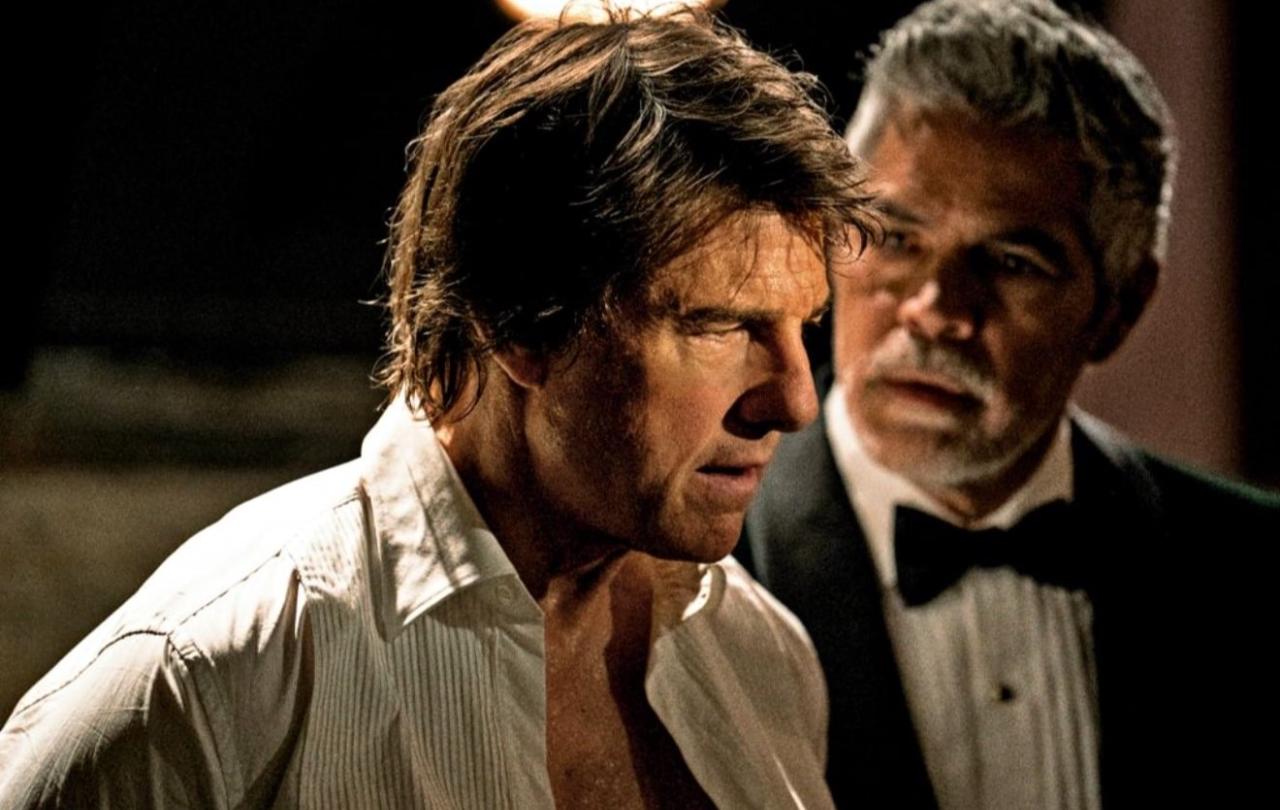
You can tell what a society values by what it goes to war over. In the 17th century we fought our wars over religion. In the 19th it was empire. In the 20th and 21st, we fought our wars over freedom, either defending our own or trying to export our version of it to other parts of the world. We tend, of course, to assume we know what freedom is: the liberty to do what we like, as long as don’t harm other people. But we rarely know how time-conditioned and recent such a view of freedom is.
John Stuart Mill, child prodigy, colonial administrator, Member of Parliament and philosopher, who died 150 years ago this year, is one of the primary architects of our contemporary ideas of freedom. In his own words, his book On Liberty, published in 1859, was an exploration of the ‘nature and limits of the power that can legitimately be exercised by society over the individual’. Mill famously argues that the only valid reason for interfering with another person’s liberty of action is to protect them from physical harm. It is never justifiable to interfere with another person’s freedom to ensure their happiness, wisdom or well-being, because that is to determine what that person’s well-being is. Freedom is defined as liberty of conscience, thought, feeling and opinion, as ‘liberty of tastes and pursuits … doing as we like … without impediment from our fellow creatures, so long as what we do does not harm them’.
For Mill... individual liberty is vital, not just for the sake of the individual, but for the sake of human progress.
Mill is one of the great champions of nonconformity in thought and action. Even if just one person held a particular opinion while everyone else in the world held the opposite, there would be no justification in silencing that one voice. For Mill, one of the main ingredients of social progress is freedom from the traditions and customs imposed by others, both the past constraints of tradition, and the present ones of custom, which restrict the cultivation of individuality, which in turn ‘is one of the leading essentials of well-being’. Individual liberty is vital, not just for the sake of the individual, but for the sake of human progress. Without it there will be no originality or genius, no new discoveries or innovation. Civilisation cannot advance without individual freedom which encourages spontaneous expression, the development of new thoughts and ideas unconstrained by the patterns of the past.
It is a powerful argument. On Liberty is full of the fear of Victorian conformity – the individualist’s reaction to a stifling society with a high degree of social control. It is very much a book of its time, assuming the cultural superiority of the modern age. It also breathes an elitism that looks down on the mediocrity of what it calls ‘average men’.
But more than that, there is, I think, a deeper flaw in this way of thinking about freedom. If freedom is essentially my liberty to say or do what I like, as long as I don’t tread on the toes of my neighbour, then what does that do to my relationship with my neighbour? He or she becomes at best a limitation, or at worst a threat to my freedom. There may be all kinds of things I want to do – play music loud on a summer’s night, or drive my car at 100 mph on a quiet suburban road – but I can’t because I might disturb my neighbour’s peace or risk crashing into an oncoming bus. Or even worse, my neighbour might want to play her music too loud for me, or drive her car too fast in my direction, thus invading my personal space. This approach keeps the peace between us, but at the cost of making us see each other either as irritating limitations to our desires which of course define our self-chosen goals in life, or threats to our own precious autonomy.
The German sociologist Hartmut Rosa argues that
“the ethical imperative that guides modern subjects is not a particular or substantive definition of the good life, but the aspiration to acquire the resources necessary or helpful for leading one.”
In other words, in the individualised world imagined by Mill, we are all left to dream our own dreams, choose our own ambitions, and are all caught up in the fight to get hold of the money, rights, friends, looks, health, and knowledge that will enable us to get to our self-chosen destination. It therefore makes us competitors with each other, not only seeing each other as rivals in this race for resources, but also as potential threats who might stand in the way of our freedom to pursue our dreams.
There is however another, older view of freedom, rooted more in character and virtue than in individualised personal goals. This version, found in classical literature, sees liberty not as freedom from the limitations and social expectations that stop us following our self-chosen desires, but freedom from the passions. The Greeks viewed the soul as like a ship which should sail serenely towards the harbour of such virtues as prudence, courage and temperance. It was guided on this journey by paideia, or education in virtue, yet was at the same time buffeted by the winds of irrational and destructive impulses such as envy, anger or lust that threaten to blow it off course. For them, our passionate inner desires are not the sacrosanct moral guide to our true selves but are a distraction from the true path of virtue.
True liberty is freedom from anything that would stop us becoming the person we were created to be.
This version was developed further by Christian thinkers such as St Paul, St Augustine and Thomas Aquinas. For them, true liberty is freedom from anything that would stop us becoming the person we were created to be: someone capable of love for what is not ourselves – for God and our neighbour. True liberty is freedom from internal urges such as the greed, laziness or pride that turn us in upon ourselves rather than outwards towards God and each other. It is also freedom from external forces such as the grinding poverty that dangles the temptation to steal in order to survive, or an economy that constantly tells us that if you don’t acquire as much stuff as your neighbour you are a failure. It is not so much freedom for ourselves, but freedom from ourselves: freedom from self-centred desires, or the crippling self-absorption that makes us think only of our own interests. It is freedom to create the kind of society where we are more concerned with our neighbours’ wellbeing than our own.
In this view of freedom, my neighbour becomes not a limitation or a threat, but a gift – someone without whom I cannot become someone capable of the primary virtue of love. Putting it bluntly, if I am to become someone capable of other-centred love, I need someone to practice on.
This Christian understanding of freedom offers a vision of society where you might begin to trust other people to look after your own needs, because they are looking out for yours. It is also a vision of freedom that delivers personal happiness better than the libertarian view. Becoming the kind of person who has learnt, as St Paul once put it, to ‘look not to your own interests, but to the interests of others’ is in fact a recipe for healthy relationships and contentment rather than the increasing isolation of much modern life.
Mill may have had a point in the stifling conservatism of Victorian Britain, but in an age of increasing loneliness, isolation and anxiety, his view of freedom doesn’t help build good neighbourhoods, families or communities. We need a better version - one that brings us together, rather than drives us apart.





